IntestiCult™-SF Organoid Growth Medium (Human)
Serum-free and conditioned medium-free cell culture medium for establishment and maintenance of human intestinal organoids

Request Pricing
Thank you for your interest in this product. Please provide us with your contact information and your local representative will contact you with a customized quote. Where appropriate, they can also assist you with a(n):
Estimated delivery time for your area
Product sample or exclusive offer
In-lab demonstration
-
 Gentle Cell Dissociation Reagent
Gentle Cell Dissociation ReagentcGMP, enzyme-free cell dissociation reagent
-
 Organoid Culture Plates
Organoid Culture PlatesCell culture plates for easy and reproducible generation of organoids
-
 DMEM/F-12 with 15 mM HEPES
DMEM/F-12 with 15 mM HEPESDulbecco's Modified Eagle's Medium/Nutrient Ham's Mixture F-12 (DMEM/F-12) with 15 mM HEPES buffer
-
 Y-27632 (Dihydrochloride)
Y-27632 (Dihydrochloride)RHO/ROCK pathway inhibitor; Inhibits ROCK1 and ROCK2
-
Labeling Antibodies
Compatible antibodies for purity assessment of isolated cells
Overview
Intestinal organoids provide a convenient in vitro organotypic culture system for studying the intestinal epithelium. Isolated intestinal crypts rapidly form complex organoids when cultured in IntestiCult™-SF. The organoids incorporate a functional lumen enclosed by a polarized epithelial cell layer containing known cell types of the adult intestinal epithelium. Maturing intestinal organoids establish protruding buds, resembling intestinal crypts of the in vivo tissues. IntestiCult™-SF supports the proliferation of intestinal epithelial stem cells from patient’s biopsies and expansion of organoid cultures derived from fresh tissue or from already established frozen stocks.
Applications of intestinal organoid cultures include studying the development and function of intestinal epithelium, modeling intestinal diseases, and performing targeted molecule screens. Intestinal organoid cultures can also be used for investigation of adult stem cell properties and for regenerative therapy approaches, and can be further differentiated using IntestiCult™ Organoid Differentiation Medium (Human)(Catalog #100-0214).
Learn how to culture human intestinal organoids in our On-Demand Intestinal Course or browse our Frequently Asked Questions (FAQs) about the organoid workflows using IntestiCult™. Additionally, download our detailed e-book Proven Protocols for Intestinal Organoid Culture: Getting Started with IntestiCult™ for a curated collection of intestinal organoid protocols.
Should you intend to use this product for commercial purposes, please contact HUB Organoids B.V. at www.huborganoids.nl for a commercial use license or for clarifications in relation to HUB Organoids B.V. licensing.
More Information
| Safety Statement | CA WARNING: This product can expose you to Progesterone which is known to the State of California to cause cancer. For more information go to www.P65Warnings.ca.gov |
|---|
Data Figures
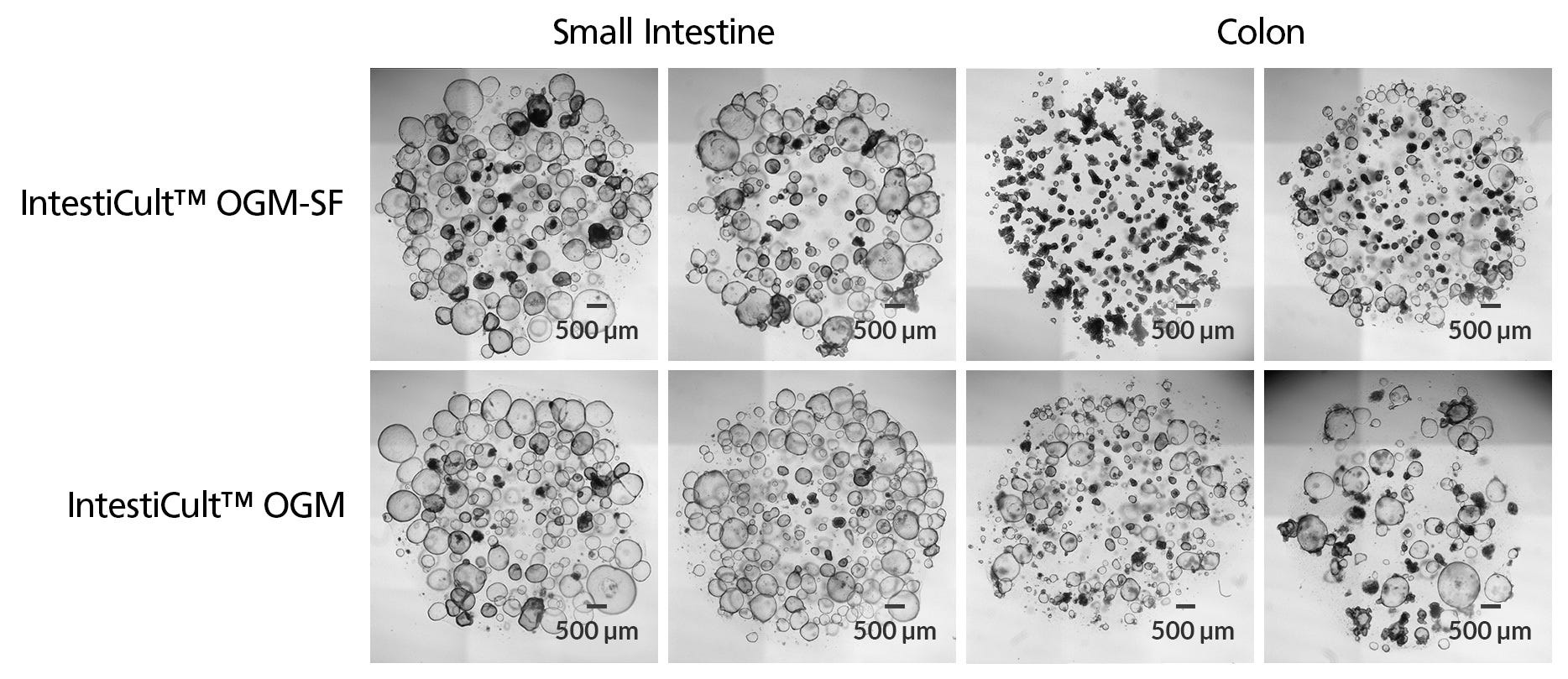
Figure 1. Organoids Grown in IntestiCult™-SF Have a Comparable Morphology to Organoids Grown in IntestiCult Organoid Growth Medium (Human)
Human intestinal organoids grown in IntestiCult™-SF and IntestiCult™ Organoid Growth Medium (Human) display similar morphological characteristics during organoid maintenance and expansion. Shown are organoids from small intestinal and colonic tissues, established and expanded in IntestiCult™-SF or IntestiCult™ OGMH. Organoids are imaged at passage 5 of culture for all images. Scale bars = 500 μm.

Figure 2. IntestiCult™-SF Provides More Efficient Expansion of Intestinal Organoids Compared to IntestiCult™ OGMH
Human intestinal organoids established from both (A) small intestinal and (B) colonic tissues display more efficient expansion during extended culture when grown in IntestiCult™-SF compared to those grown in IntestiCult™ OGMH. Shown is the cumulative expansion of organoids averaged across two separate donor lines in each medium. IntestiCult™-SF demonstrates more efficient expansion of both small intestinal and colonic organoids during extended culture.
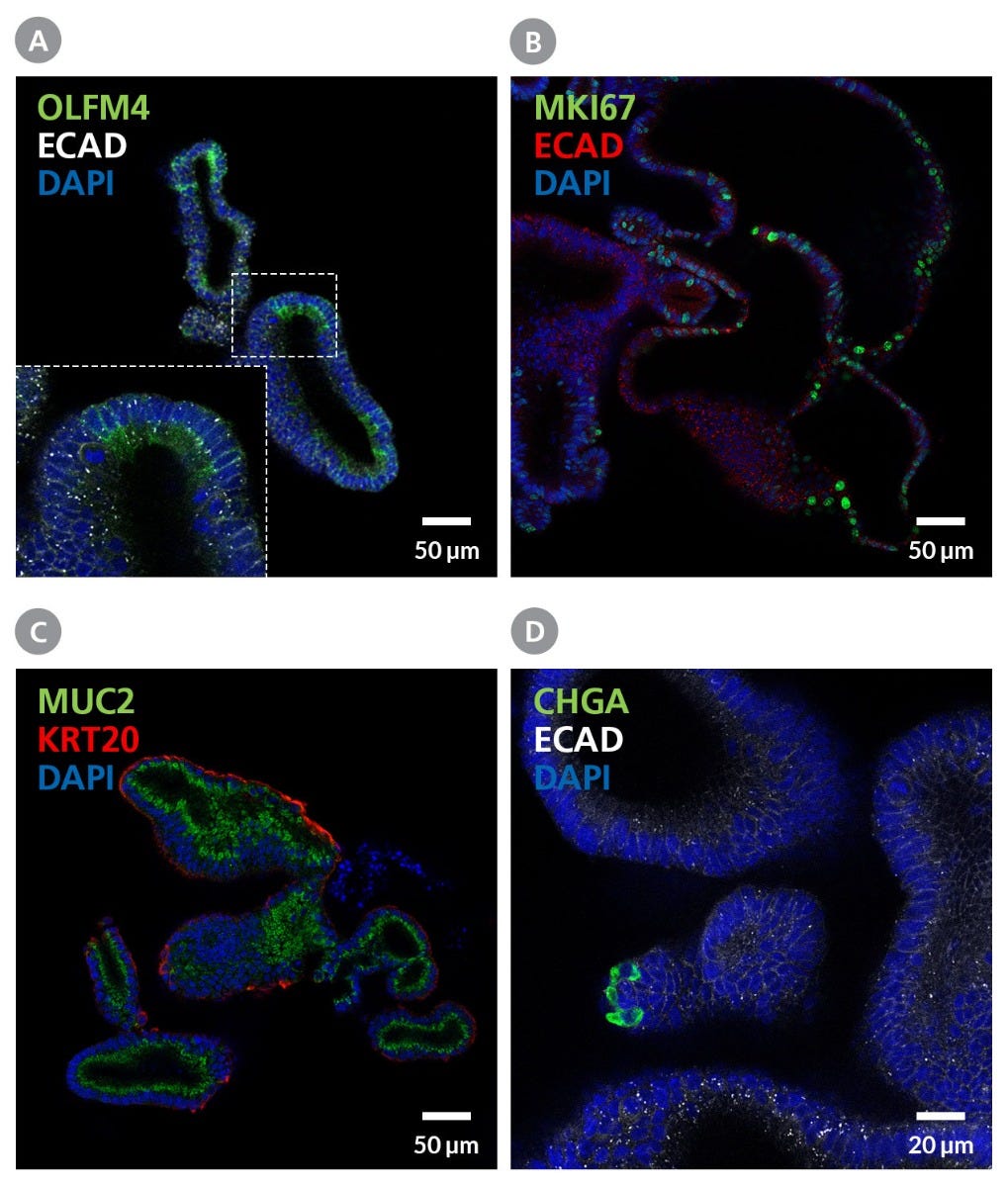
Figure 3. Organoids Grown in IntestiCult™-SF Display Some Characteristics of the Mature Intestinal Epithelium
While organoids grown in IntestiCult™-SF display a primarily "immature" phenotype including expression of (A) intestinal stem cell marker OLFM4 and (B) proliferation marker ki67. (C, D) These organoids also display some characteristics of the mature epithelium such as the presence of goblet cells (C, Muc2), enterocytes (C, KRT20), and enteroendocrine cells (D, CHGA). Scale bars = 50 μm or 20 μm as indicated.
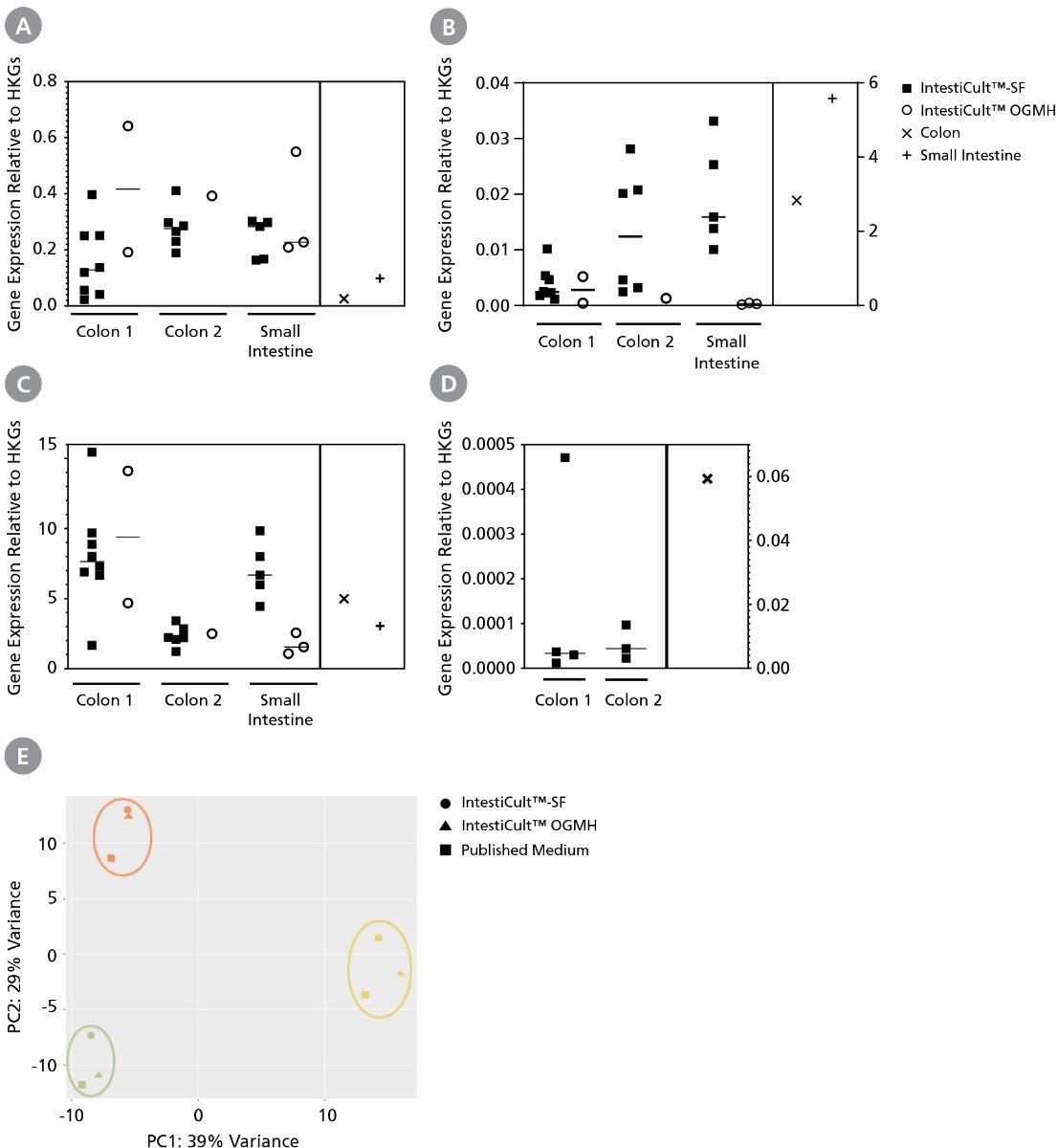
Figure 4. Organoids Grown in IntestiCult™-SF Display Similar Genetic Expression Profiles to Those Grown in IntestiCult™ OGMH
Analysis of intestinal organoids grown in IntestiCult™-SF by qPCR of (A) Lgr5, (B) Muc2, (C) Krt20, and (D) ChgA demonstrates similar genetic expression profiles to those grown in IntestiCult™ OGMH, as well as to colonic and small intestinal tissue (A-D; x and + respectively). All expression levels are shown relative to ACTB and TBP house-keeping genes (HKGs). (E) Further analysis of three separate donors grown in IntestiCult™-SF (circles) IntestiCult™ OGMH (triangles), and published medium (squares) by principle component analysis demonstrates that differences between cultures are primarily due to donor variability with samples forming distinct clusters separated by donor, rather than by medium.
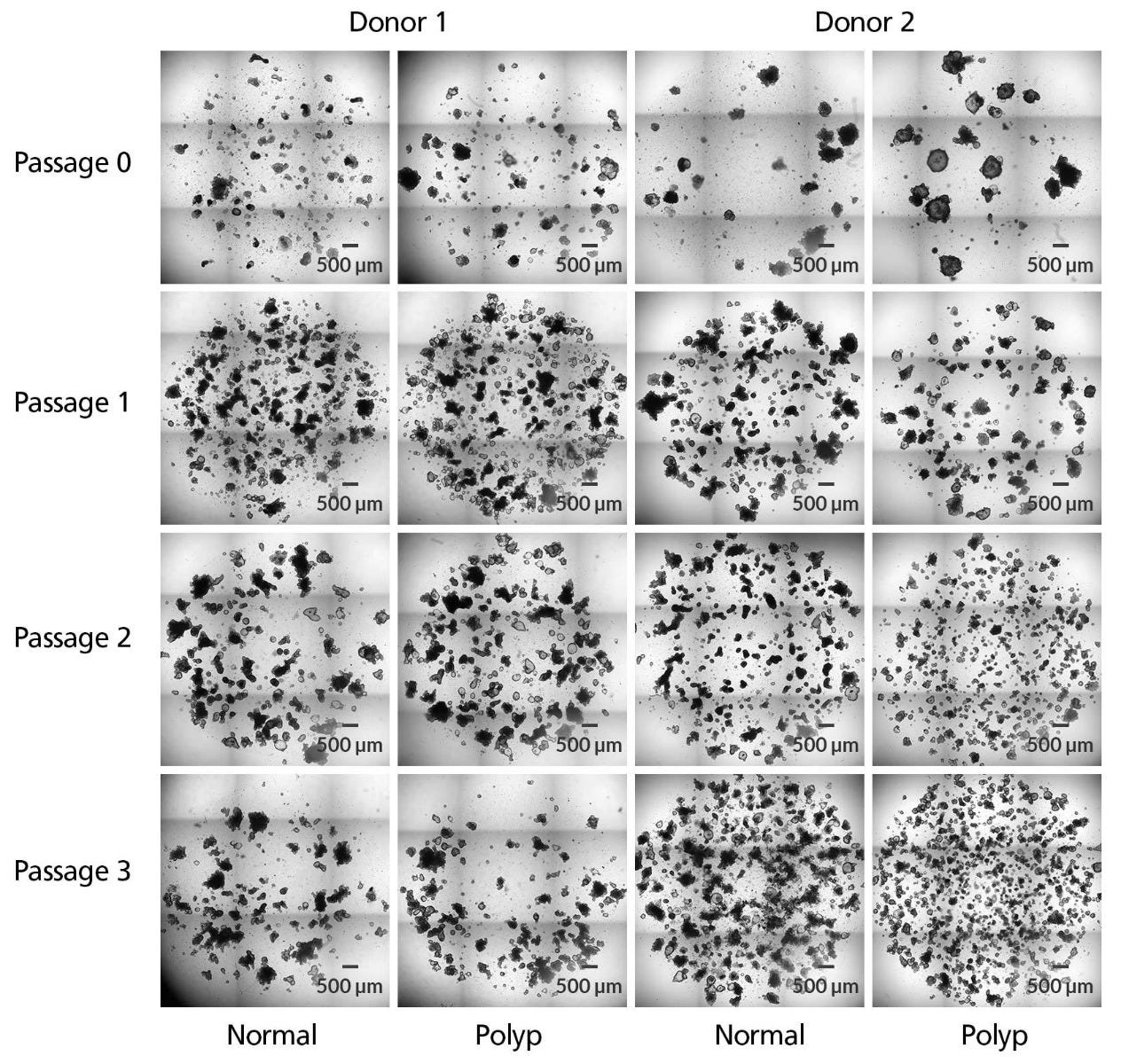
Figure 5. IntestiCult™-SF Enables Efficient Expansion of Intestinal Organoids from Polyp Tissue
Intestinal organoids were established from both normal epithelial tissue, as well as from polyp tissue, and expanded for three passages in IntestiCult™-SF. Shown are cultures from two separate donors, imaged at the end of each passage immediately before passaging.

Figure 6. Organoids Grown in IntestiCult™-SF can be Further Differentiated using IntestiCult™ Organoid Differentiation Medium
Further differentiation of organoids in IntestiCult™-SF can be achieved by passaging organoid cultures in IntestiCult™ Organoid Differentiation Medium as organoid-derived monolayers (2D Monolayer Diff) or in 3D organoid culture (3D Organoid Diff). Upon differentiation, markers for enterocytes (KRT20, ApoB), goblet cells (Muc2), and enteroendocrine cells (ChgA) are upregulated compared to organoids grown in IntestiCult™-SF.
Protocols and Documentation
Find supporting information and directions for use in the Product Information Sheet or explore additional protocols below.
Applications
This product is designed for use in the following research area(s) as part of the highlighted workflow stage(s). Explore these workflows to learn more about the other products we offer to support each research area.
Resources and Publications
Educational Materials (47)
Related Products
-
 IntestiCult™ Organoid Differentiation Mediu...
IntestiCult™ Organoid Differentiation Mediu...Cell culture medium for further differentiation of human intestinal organoids in 3D, or as monolayers/air-liquid interface cultures
-
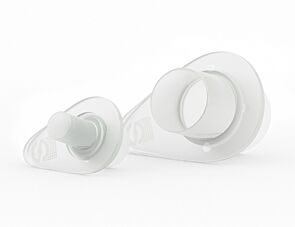 Reversible Strainers
Reversible StrainersReversible strainer for filtration of single cells and isolation of cellular aggregates, including embryoid bodies and spheroids
-
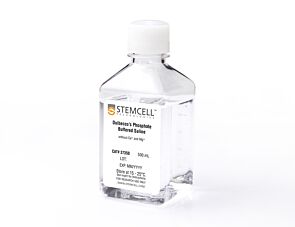 D-PBS (Without Ca++ and Mg++)
D-PBS (Without Ca++ and Mg++)Dulbecco’s phosphate-buffered saline without calcium and magnesium
-
 Falcon® Conical Tubes, 15 mL
Falcon® Conical Tubes, 15 mLSterile polypropylene conical tubes for use in cell centrifugation and other cell culture applications
Item added to your cart

IntestiCult™-SF Organoid Growth Medium (Human)
This product was developed under a license to intellectual property owned by Hubrecht Organoid Technology (HUB). This product is sold for research use only. Purchase of this product does not include the right to use it for drug screening aiming for commercial gain, equipment validation, biobanking, or for other commercial purposes. Purchasers wishing to use the product for purposes other than basic research use should contact HUB at www.huborganoids.nl to obtain a further license. Purchasers may apply for a License from HUB, which will not be unreasonably withheld by HUB.
PRODUCTS ARE FOR RESEARCH USE ONLY AND NOT INTENDED FOR HUMAN OR ANIMAL DIAGNOSTIC OR THERAPEUTIC USES UNLESS OTHERWISE STATED. FOR ADDITIONAL INFORMATION ON QUALITY AT STEMCELL, REFER TO WWW.STEMCELL.COM/COMPLIANCE.
CA WARNING: This product can expose you to Progesterone which is known to the State of California to cause cancer. For more information go to www.P65Warnings.ca.gov















































